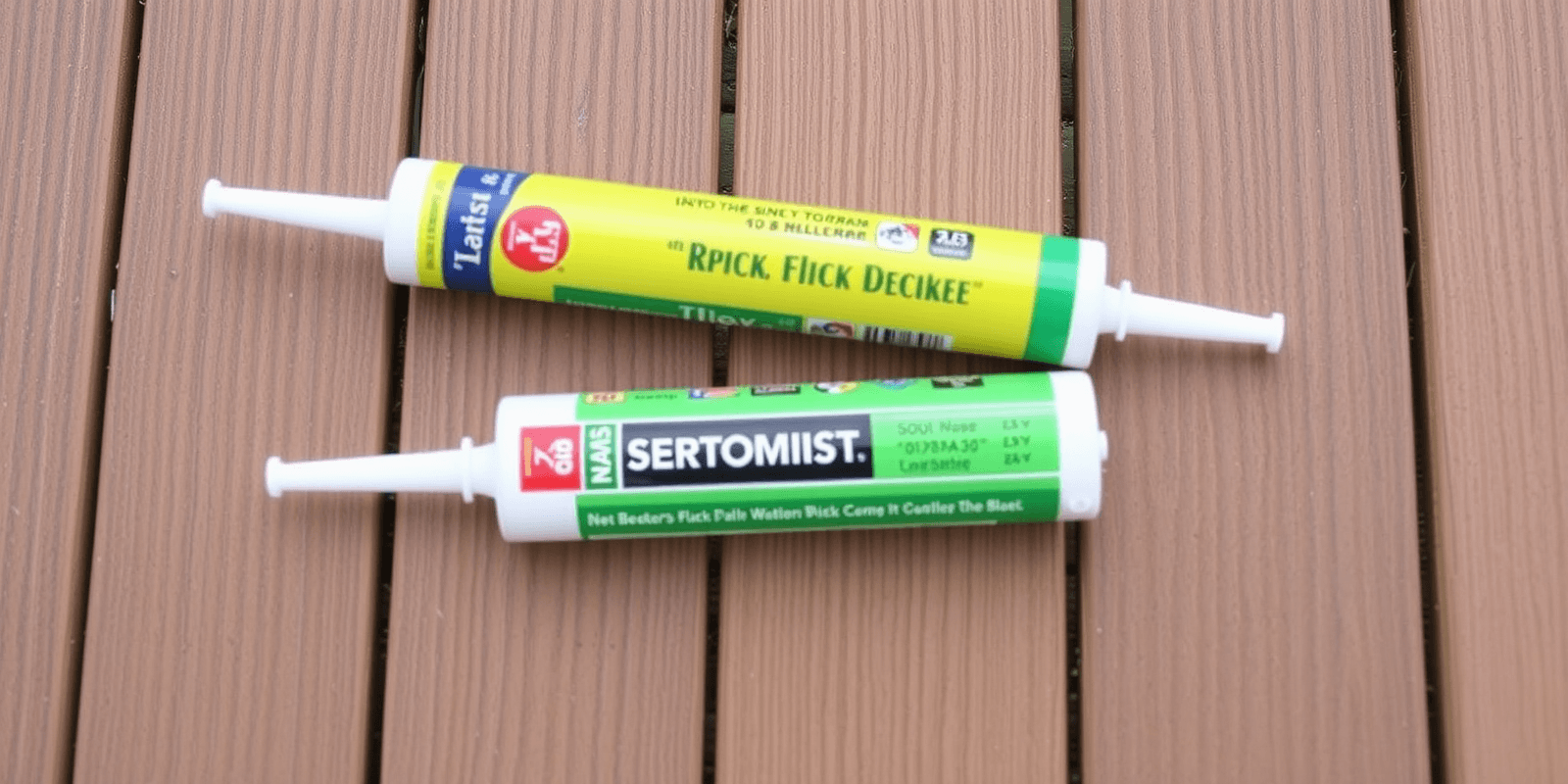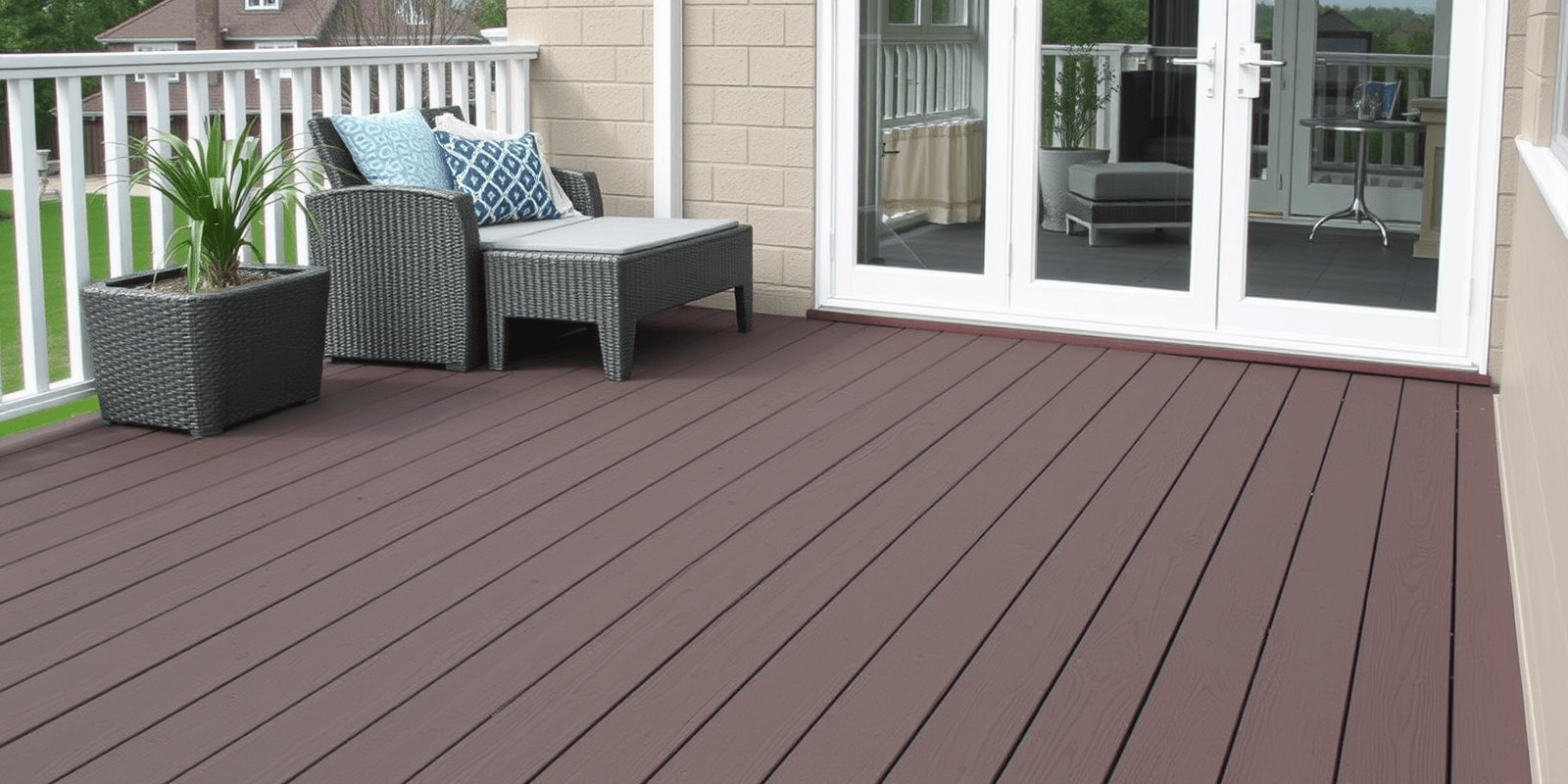“`html
Expert Tips on Caulking Composite Decking
Introduction
Composite decking has become increasingly popular due to its durability and low maintenance requirements. However, like any other building material, it can benefit from proper sealing to prevent water damage. One effective method is caulking, which can create a watertight seal and extend the life of your deck. In this article, we will explore expert recommendations on how to properly caulk composite decks, covering key aspects such as product selection, surface preparation, application process, and common mistakes to avoid.
Product Selection: Choosing the Right Caulk for Composite Decking
When it comes to caulking composite decking, not all products are created equal. Silicone-based or polyurethane-based caulks are typically recommended because they offer excellent adhesion and flexibility. These materials can expand and contract with temperature changes without cracking, ensuring a long-lasting seal. Additionally, look for caulks that are specifically designed for outdoor use and are resistant to UV rays, mildew, and mold growth. For example, SikaFlex PRO+ is a high-quality option that meets these criteria.
Surface Preparation: The Foundation of a Successful Seal
Proper surface preparation is crucial for achieving a watertight seal. Start by cleaning the area thoroughly with a degreaser or a mixture of water and dish soap to remove dirt, dust, and oils. Allow the surface to dry completely before proceeding. If there are any cracks or gaps larger than 1/4 inch, consider filling them with a backer rod first. This will help the caulk adhere better and prevent it from sinking into deeper gaps. Additionally, roughening the surface slightly with sandpaper can improve adhesion, but be careful not to damage the composite material.
Application Process: Achieving a Professional Finish
The application process itself is straightforward but requires attention to detail. Begin by cutting the tip of the caulk tube at a 45-degree angle to create a small opening, about the size of the gap you’re filling. Apply steady pressure to the trigger while moving the tube along the seam in a continuous motion. Work in sections, applying a thin, even bead of caulk. Use a caulk smoothing tool or a finger dipped in soapy water to smooth out the bead and ensure a neat finish. Remember to apply caulk only where needed, as excess material can be unsightly and difficult to clean up.
Avoiding Common Mistakes: Ensuring Long-Term Success
To ensure your caulking job lasts for years, avoid these common mistakes:
- Ignoring weather conditions: Do not apply caulk when rain is expected within 24 hours, as moisture can interfere with the curing process.
- Overfilling gaps: Excess caulk can lead to cracking and peeling over time. Apply only enough to fill the gap and create a slight overfill for smoothing.
- Skipping primer: While not always necessary, using a primer can enhance adhesion, especially on older or less porous surfaces.
- Not allowing proper curing time: Give the caulk ample time to cure according to the manufacturer’s instructions, typically 24-48 hours.
Conclusion
Caulking composite decking is an essential step in maintaining its integrity and longevity. By selecting the right caulk, preparing the surface properly, following the correct application process, and avoiding common mistakes, you can achieve a watertight seal that will protect your investment for years to come. Remember, a well-sealed composite deck not only looks better but also stands up to the elements more effectively.
“`



